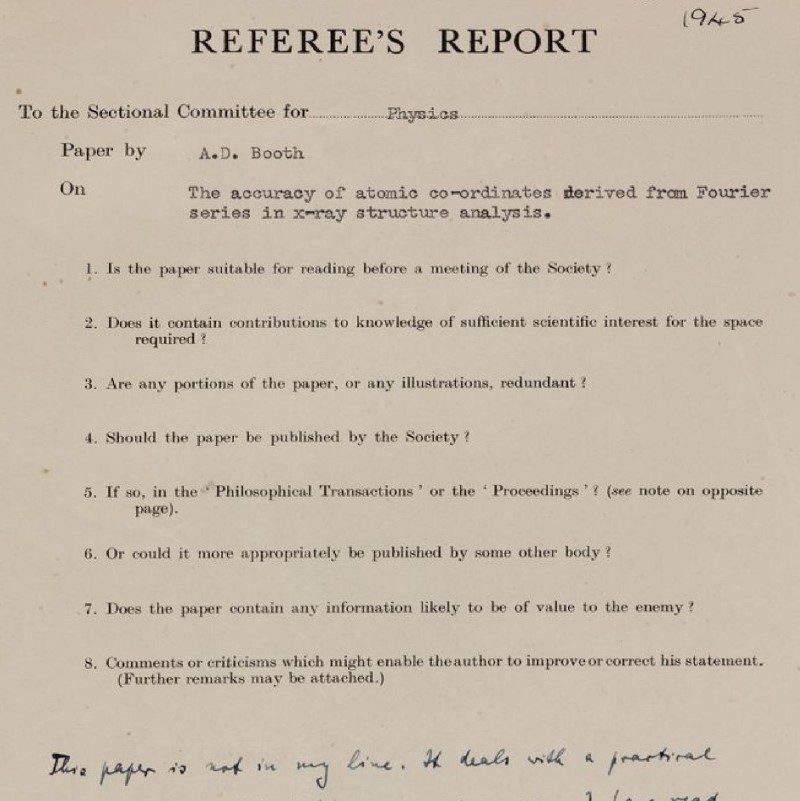This blog post highlights the steps we are taking to ensure our review process is inclusive, fair and transparent

We welcome the submission of high-quality science from anywhere in the world irrespective of gender, race, ethnicity, disability or geographical location. With growing interest in potential biases in research culture, find out what we are doing to ensure your work is judged simply on the quality of the science.
1. Transparency in peer review
There are two approaches to address bias in journal peer review: concealing the author details (known as ‘blinding’) from editors and reviewers or opening-up the peer review process to reveal potential biases. The Royal Society takes the second approach. Some of our journals mandate publication of reviewer reports, editor decisions and the author responses alongside published articles. However, we don’t publish this information for rejected papers. In general authors dislike their rejection being made public as this might prejudice resubmission to another publisher.
2. Measuring biases
To help address biases, we need to measure if there are biases and where they are taking place in the editorial process. This enables publishers, editorial decision makers, authors, and reviewers to identify and take achievable, specific actions to improve inclusion and diversity.
We are already collecting gender data via the editorial management system (in our case ScholarOne). This will now be extended to collecting race and ethnicity data.
Our approach is quite simple: when an author submits a paper, they are prompted to describe their diversity via a drop-down menu (or select ‘prefer not to say’). We are transparent about who has access to the data and how it will be used and protected with around 95% of submitting authors opting to describe their gender.
There is power in this simple approach – we can easily assess bias at each stage of the peer review process: desk reject, triage, reviewer recommendation and editor decision. Having this information is an important tool to address such biases. For example, if a cohort of editors are displaying unconscious bias we can address with additional training.
3. Confronting biases
New standards
We are participants in the Joint commitment for action on inclusion and diversity in publishing initiative (which includes 35 publishing organisations) to set new standards to ensure a more inclusive and diverse culture within scholarly publishing.
Diverse editorial boards and reviewers
We strive to have a diverse representation on our editorial boards – after all these people help to decide the outcome of your submission. We actively encourage board members to select from a diverse pool of reviewers – some of these being suggested by authors.
Awareness of unconscious bias
We constantly remind board members, reviewers and staff to be aware of their unconscious biases when selecting reviewers and making decisions.
What’s next? This is just the start. Once we and other publishers have agreed a standardised approach, we will be able to combine anonymised data to help the scholarly publishing community to tackle bias in peer review. I encourage you to join us on this journey.
Do you have any questions about our work in promoting transparency and inclusion in the peer review process? Contact: publishing@royalsociety.org



